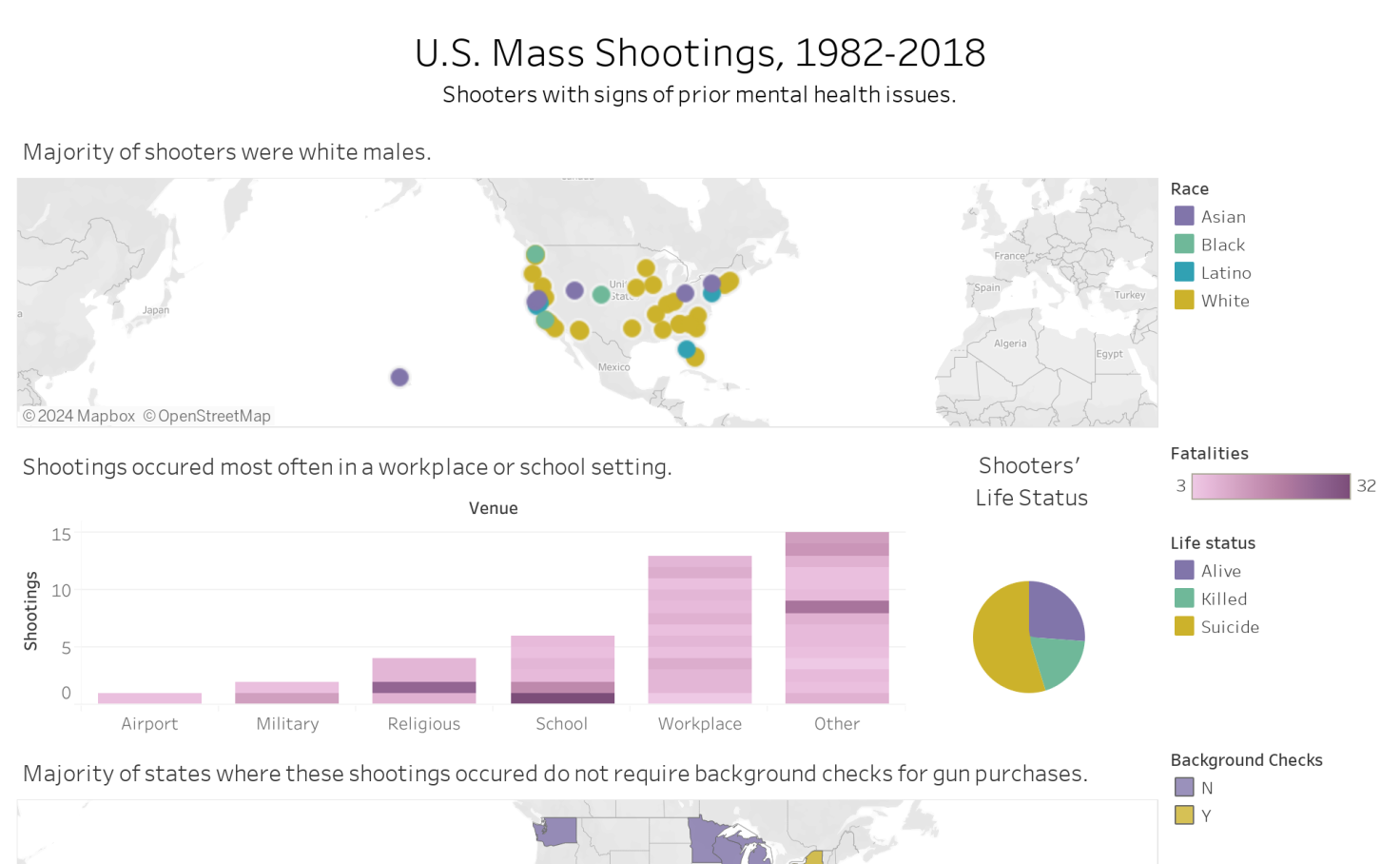
Tableau is strictly a visualization tool. So you will need to create a dashboard for mobile and desktop. Also, their dashboards are not responsive. The layout of the dashboards gets disturbed if the tableau developer’s screen resolution is different from end user’s screen resolution for example if the dashboards have been created in a screen resolution of 1920X1080 and are being viewed in 2560X1440 then the layout of the dashboards will get distorted a little bit. There is no way a user can automate the updating of parameters.ĥ. Whenever the data gets changed, these parameters need to be updated manually every time. Tableau’s parameters are static and always single value can be selected using a parameter. Users need to do that manually for each field which is very time-consuming. Also, to implement the same formatting to multiple fields there is no way a user can do that for all fields directly. Tableau’s conditional formatting and limited 16 column table displays are pain points for users. So, any new visuals need to be recreated instead of imported. Unlike other tools like Power BI, developers can create custom visuals that can be easily imported Tableau.
Tableau public python update#
Therefore, there is always some manual effort required when users need to update the data in the back-end. There is no option of scheduling in Tableau. Tableau does not provide the feature of automatic refreshing of the reports with the help of scheduling. The section below is going to highlight some of the pain points that many Tableau users express.ġ. So, now that you know all the great aspects of the tool, lets dive into some of the more challenging aspects of it.

Reasons to Not Invest: Disadvantages to Tableau You can see from the issues with 2017 financials reporting Forbes concerns with Tableau profitability However, with the increasing interest in data science, artificial intelligence, and machine learning, Tableau may be left behind if it doesn’t innovate quickly. Tableau has spent more than six years as a leader. Tableau has done a great job climb its way to the top of data visualization tools. Tableau automatically understands which device is the user is viewing the report on and make adjustments to ensure that the right report is served to the right device. Tableau Dashboard has a great reporting feature that allows you to customize dashboard specifically for a certain device such as a mobile phone or laptop. However, you can see how this is down with Python for Power BI.Ħ. So you can import some of the visuals or packages. However, Python is not a native scripting language accepting by Tableau.
Tableau public python software#
Using Python script can take the load off the software by performing data cleansing tasks with packages. To avoid the performance issues and to do complex table calculations in Tableau, users can incorporate Python or R. Use of other scripting languages in Tableau:

Also, there is an option in Tableau where the user can make “live” to connections to different data sources like SQL etc.ĥ. Different types of visualization can be created with a large amount of data without impacting the performance of the dashboards. Tableau can handle millions of rows of data with ease. Tableau can handle large amounts of data: Also, Tableau is very easy to learn compared to Python, Business Objects and Domo, anyone without having knowledge of coding can easily learn Tableau.Ĥ. There are many different types of visualization options available in Tableau which enhance the user experience.

You can check out some of the amazing visuals created at the Tableau Gallery. The interface can handle endless variations while also limiting you from creating charts that are against data visualization best practices. Using drag-n-drop functionalities of Tableau, the user can create a very interactive visual within minutes. Quickly Create Interactive visualizations: It has climbed to the top of the data visualization heap because of it’s dedication to this purposeĢ. Therefore, it’s technology is there to support complex computations, data blending and dashboarding for the purpose of creating beautiful visualizations that deliver insights that cannot easily be derived from staring at a spreadsheet. Tableau is a data visualization tool first and foremost.


 0 kommentar(er)
0 kommentar(er)
